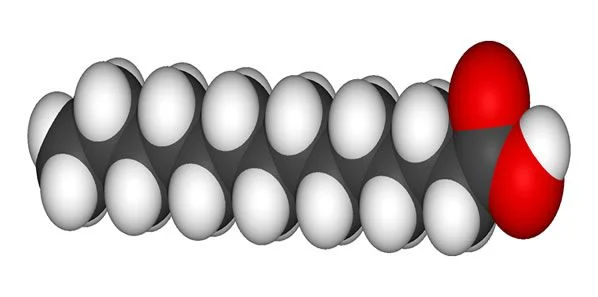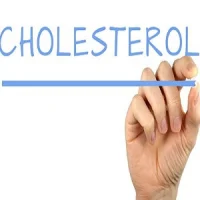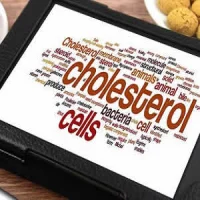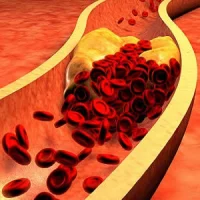Since the 1960s, dietary guidelines have emphasised the reduction in the consumption of saturated fat for the prevention or treatment of coronary artery disease (CAD). This is mainly because saturated fat increases the level of low-density lipoproteins cholesterol in the blood thus increasing the risk for CAD. Several studies have shown this association.
However, in a meta-analysis of 60 trials, high intakes of saturated fat were associated with increases in both LDL-c and HDL-C and decreases in triglyceride levels and a net effect on the ratio of total cholesterol to HDL cholesterol. While saturated fat did increase LDL-C, they also reduced the LDL particle number. The concentration of LDL particles is considered to be a stronger indicator of CV risk than traditional lipoprotein measures. Overall, meta-analyses show no link between saturated fat consumption and risk of CAD or CVD.
These findings indicate the need to stop demonising saturated fat. The 2013 American College of Cardiology (ACC)/American Heart Association (AHA) guidelines on lifestyle management to reduce the risk of CVD recommend a goal of 5 to 6 percent of calories from saturated fat.
The issue of whether saturated fat is good or bad for you is complicated. That is because saturated fat is not a single entity and the merits of saturated fatty acids (SFAs) can depend on what you are comparing them with.
Different SFAs vary in their effects on lipid levels. As Dariush Mozaffarain, dean of the Friedman School of Nutrition explains, SFAs are biologically complicated. They not only affect LDL-C but also have an impact on particle size, HDL-C and triglycerides.
There is now increasing evidence that dairy fats do not increase CVD risk and can actually lead to a better metabolic profile. The meta study found that a higher intake of dairy SFA was associated with lower CVD risk as compared to a higher intake of meat SFA which increased CVD risk. Dairy intake was also found to decrease risk for type 2 diabetes.
The Dietary Modification trial assigned a low-fat diet to 20,000 postmenopausal women. The findings showed no reduction in coronary heart disease or stroke.
Another pooled analysis by Jakobsen and colleagues included more than 340,000 health adults older than 35 years. Findings showed that consumption of polyunsaturated fats instead of saturated fat lowers the risk for CVD but replacing the saturated fat with carbohydrates increases the risk.
Studies like MESA and EPIC show that CV outcomes are worse with carbs as they are drivers of denovo lipogenesis. As explained by Dr Mozaffarian, "the biggest driver of palmitic acid (16:0) production by the liver is the dose and speed that the carb is delivered. In terms of foods, a bagel or soda consumed in isolation is more likely to trigger palmitic acid production than a small amount of potato mixed with vegetables and oil.”
Source: Medscape
Image Credit: Wikimedia Commons










